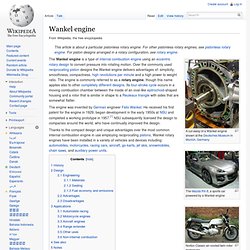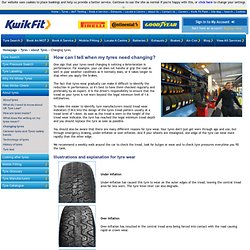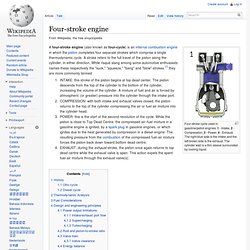

Jack
Absorption silencer. Capacity silencer. IMG 0427. The Clutch. IMG 0366. IMG 0368. Mechanical design injection system. Common rail injection system. Carburetor fuel system. Boundary and hydrodynamic friction. Engines. Cooling system. Suspension components. Cooling system components. Water cooling system. Air cooling system. Workshop plan. How pressure changes boiling point. Cooling system.
Water cooled. How heat moves. Brake components. Valve timing diagram. Double overhead cam. Overhead crankshaft. Overhead cam. The three types of combustion chambers. Ladder and Monocoque chassis. RWD The car is ran by the RWD and is better at the handerling. FWD This means the car is run by the FW but not that good driving. AWD means you only can stay in AWD. 4WD This means you can put it in 4WD and 2WD. Good for of rouding. IMG 0796. Valve. The difference between overhead cam and vavle. Valve operating mechanisms. Wankel engine.
Wankel engine. The Mazda RX-8, a sports car powered by a Wankel engine Norton Classic air-cooled twin-rotor motorcycle The engine was invented by German engineer Felix Wankel.

He received his first patent for the engine in 1929, began development in the early 1950s at NSU and completed a working prototype in 1957.[1] NSU subsequently licensed the design to companies around the world, who have continually improved the design. Thanks to the compact design and unique advantages over the most common internal combustion engine in use employing reciprocating pistons, Wankel rotary engines have been installed in a variety of vehicles and devices including: automobiles, motorcycles, racing cars, aircraft, go-karts, jet skis, snowmobiles, chain saws, and auxiliary power units. History[edit] First DKM Wankel Engine designed by Felix Wankel the DKM 54 (Drehkolbenmotor), at the Deutsches Museum in Bonn, Germany. In 1951, the German engineer Felix Wankel began development of the engine at NSU Motorenwerke AG.
Changing tyres what you need to know about changing car tyres. One sign that your tyres need changing is noticing a deterioration in performance.

For example, your car does not handle or grip the road as well in poor weather conditions as it normally does, or it takes longer to stop when you apply the brakes. The fact that tyres wear gradually can make it difficult to identify the reduction in performance, so it's best to have them checked regularly and preferably by an expert. It is the driver's responsibility to ensure that the tread on your tyres is not worn beyond the legal minimum limit of 1.6 millimetres. To make this easier to identify, tyre manufacturers mould tread wear indicators (T.W.I) into the design of the tyres tread pattern usually at a tread level of 1.6mm. As soon as the tread is worn to the height of the tread wear indicator, the tyre has reached the legal minimum tread depth and you should replace the tyre as soon as possible. You should also be aware that there are many different reasons for tyre wear.
Engine configuration. Four stroke cycle. Four stroke cycle. PPE. Prohibition signs. Warning signs. Mandatory signs. Four-stroke engine. Four-stroke cycle used in gasoline/petrol engines. 1 - Intake, 2 - Compression, 3 - Power, 4 - Exhaust.

The right blue side is the intake and the left brown side is the exhaust. The cylinder wall is a thin sleeve surrounded by cooling liquid. A four-stroke engine (also known as four-cycle) is an internal combustion engine in which the piston completes four separate strokes which comprise a single thermodynamic cycle. A stroke refers to the full travel of the piston along the cylinder, in either direction. While risqué slang among some automotive enthusiasts names these respectively the "suck," "squeeze," "bang" and "blow" strokes.[1] they are more commonly termed INTAKE: this stroke of the piston begins at top dead center.
History[edit] Otto cycle[edit] An Otto Engine from 1920s US Manufacture Nikolaus August Otto as a young man was a traveling salesman for a grocery concern. Daimler and Maybach left their employ at Otto and Cie and developed the first high-speed Otto engine in 1883.